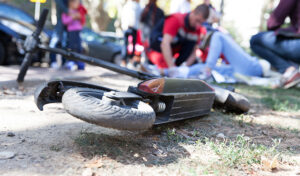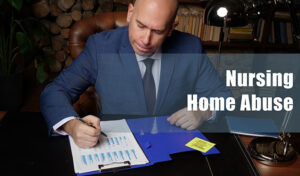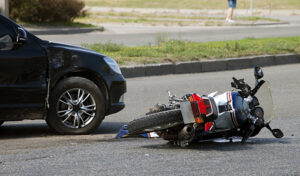
Who Is Liable In a Scooter Accident? The Process Explained
Electric scooters are a fairly new variable on the roads today, but you need to know who is liable in a scooter accident and how to protect yourself.

Electric scooters are a fairly new variable on the roads today, but you need to know who is liable in a scooter accident and how to protect yourself.

If your loved one is in a nursing home, it’s good to know the causes of nursing home abuse. While your loved one might not be experiencing abuse right now,

If you have ever witnessed or been involved in a bike accident, you understand that it can be stressful and traumatic for everyone involved. Even in the best-case scenarios where

As Utah’s population grows, we must commit to avoiding road rage and aggressive driving from others and keeping our cool if we experience it. More drivers on the road mean
UTAH INJURY LAWYERS
Flickinger • Boulton
• Robson • Weeks
PROVO OFFICE
3000 N University Ave
Suite 300
Provo, UT 84604
SOUTH JORDAN OFFICE
10393 S. Temple Dr.
Suite 103
South Jordan, Utah 84095
OFFICE HOURS
Monday- Friday: 8AM-5PM
Saturday-Sunday: Closed
*Disclaimer: the information provided by this website is for informational purposes only and should not be considered legal advice or a substitute for competent legal counsel.
**SMS consent and contact phone numbers will not be shared or sold to third parties or their affiliates for any purpose.
© 2025 All Rights Reserved.